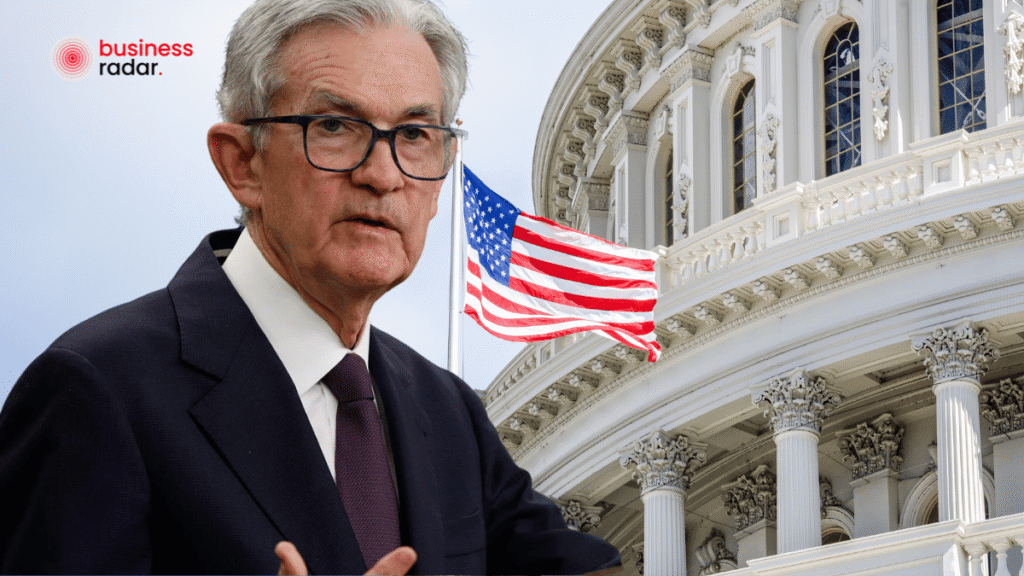WASHINGTON, Sept 17 (Business Radar US) – The Federal Reserve shook markets today by cutting its key fed funds rate for the first time in nine months, signaling a shift in its battle against slowing growth and persistent inflation concerns.
The Fed announced the decision following its Federal Open Market Committee (FOMC) meeting, releasing a statement that included fresh economic projections and insights into where interest rates may be headed for the rest of 2025.
The Rate Cut: A Pivotal Move
The quarter-point reduction marks the first cut since late 2024, ending a long stretch of “higher for longer” policy that had kept borrowing costs elevated for households and businesses. Analysts say the decision reflects growing unease about slowing job growth, consumer spending fatigue, and geopolitical risks weighing on the U.S. economy.
While the Fed acknowledged inflation remains above its 2% target, the committee noted that “tight credit conditions” and weakening demand made a modest cut necessary to support stability.
Powell’s Press Conference: The Key Takeaways
Fed Chair Jerome Powell took the stage shortly after the announcement, fielding tough questions from reporters. Powell stressed that the move does not necessarily signal a rapid easing cycle but left the door open for further cuts if economic data weakens.
“We will continue to make decisions meeting by meeting,” Powell said, emphasizing the Fed’s commitment to being data-driven.
Powell also highlighted committee projections showing slower growth ahead, alongside a gradual decline in inflation and unemployment holding near 4%.
Market Reaction: Dollar Slides, Stocks Jump
Markets immediately reacted:
- The U.S. dollar fell against major currencies, extending its losses against the euro and yen.
- Wall Street stocks surged, with the S&P 500 and Nasdaq both rising on expectations of cheaper borrowing costs.
- Bond yields dropped, reflecting traders’ bets on more cuts in the coming months.
What It Means for Consumers and Businesses
For consumers, the cut could eventually translate into lower mortgage rates, cheaper auto loans, and some relief on credit card interest, though banks may move slowly in passing down the benefits. Businesses may also find it easier to finance expansion as lending costs ease.
Still, economists warn that if inflation stays sticky, the Fed could pause cuts again – leaving markets caught between optimism and caution.
